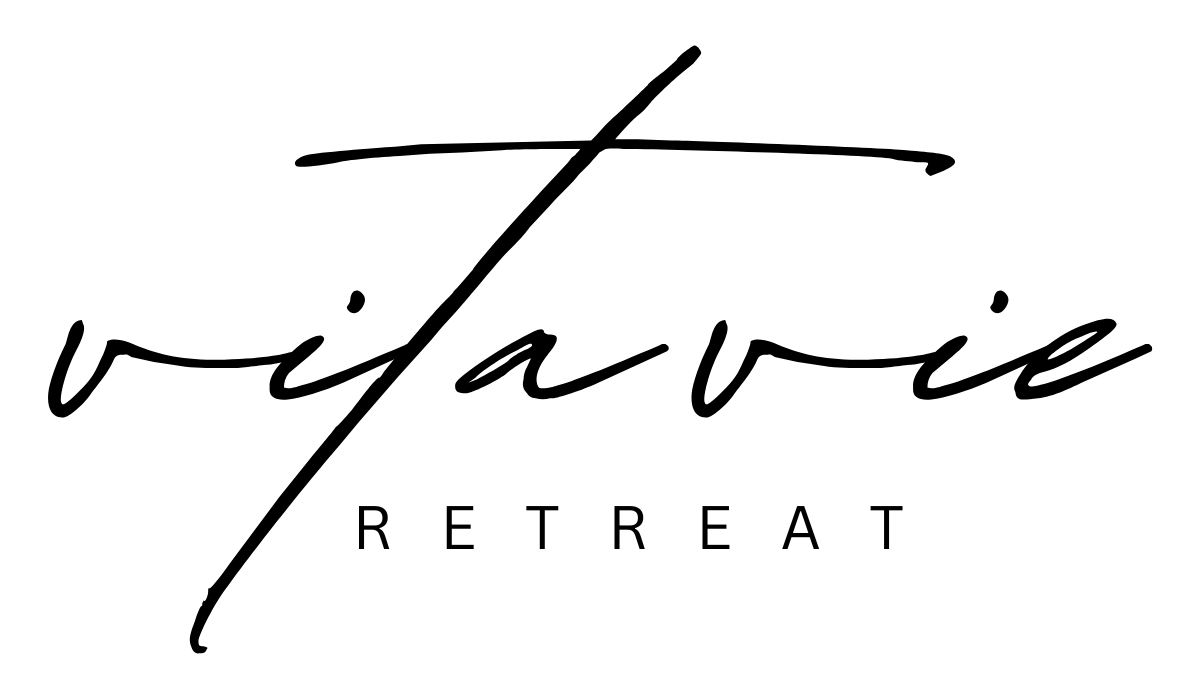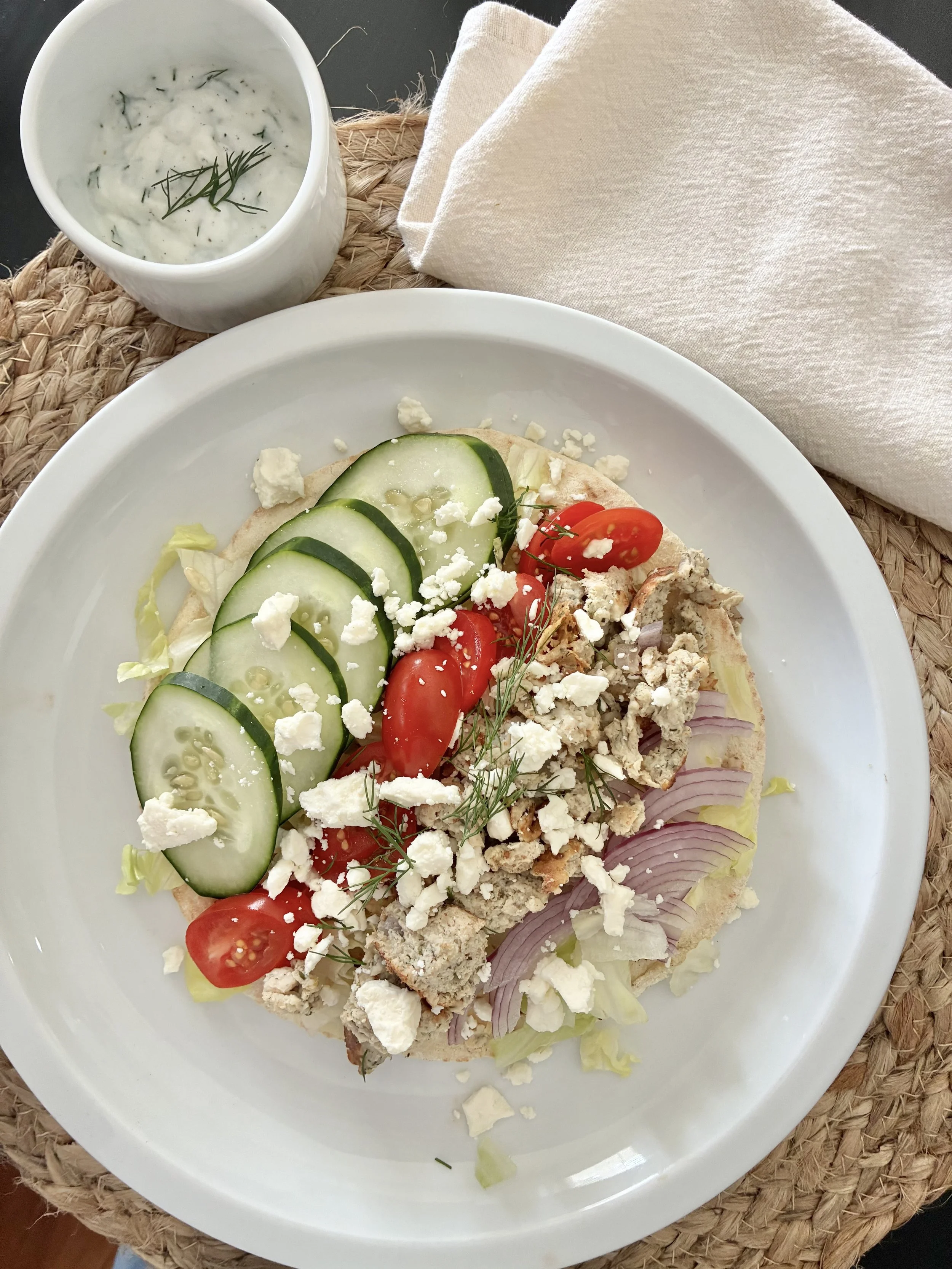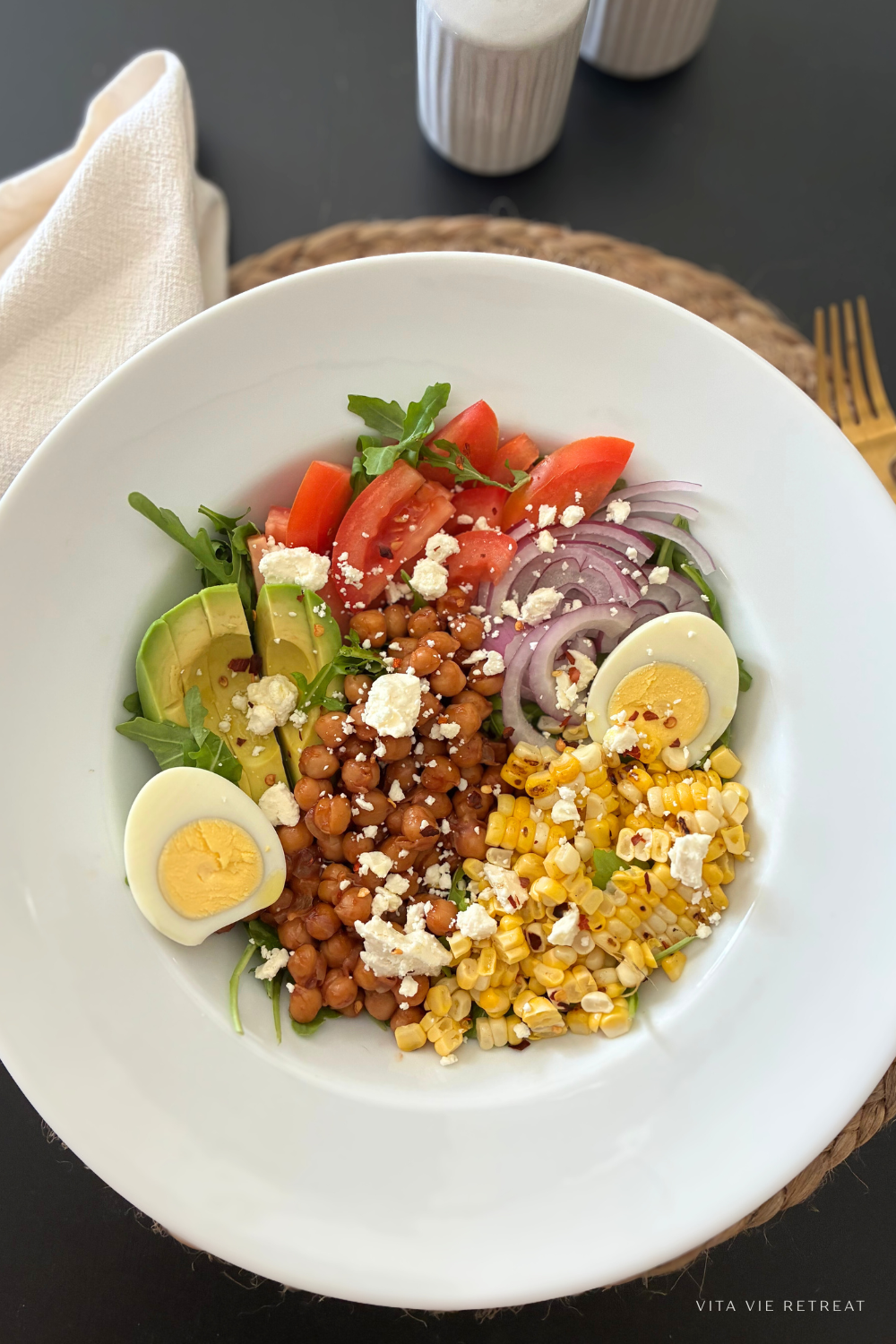How to Thrive on a High Protein, Low Carb Diet
/Are you looking for a way to feel energized, build lean muscle, and stay satisfied longer while still pursuing your weight loss or fitness goals? A high-protein, low-carb diet could be your ultimate game-changer—but it’s not just about cutting carbs and piling on the protein. Success lies in finding the right balance and strategy for your body and lifestyle.
Why High Protein?
Protein does more than just help you build muscle. It supports your metabolism, curbs cravings, and helps maintain stable energy levels throughout the day. Combined with lower carbs, this approach can promote fat burning while keeping you full and focused.
3 Biggest Benefits of a High-Protein, Low-Carb Diet
Supports Weight Loss and Maintenance
Protein is incredibly satiating, helping you feel full longer and reducing cravings. Combined with lower carbs, this diet encourages your body to use fat as fuel, making it an effective strategy for weight loss and sustainable weight management.Preserves and Builds Lean Muscle
High protein intake promotes muscle repair and growth, which is especially important when you're reducing calories. Maintaining lean muscle is key for a healthy metabolism and achieving a toned physique.Enhances Energy and Mental Clarity
By minimizing blood sugar spikes and dips associated with high-carb meals, this diet stabilizes energy levels and supports better focus and productivity throughout the day.
The Common Pitfalls of Going High-Protein (and How to Avoid Them)
Boredom with Meals: Grilled chicken every day? No, thanks! Variety is key.
Missing Nutrients: Cutting carbs doesn’t mean cutting all the essential fiber and micronutrients that come with them. Focusing on balance is necessary.
Too Restrictive: Feeling deprived is a recipe for burnout. Flexible strategies, creative meals, and variety can help you stay on track.
3 Must-Try Tips to Rock Your High-Protein, Low-Carb Lifestyle
Plan with Purpose: Set yourself up for success by meal prepping and having quick, go-to recipes at your fingertips.
Incorporate Smart Carbs: Opt for nutrient-dense carbs like veggies, berries, and seeds to avoid energy crashes.
Get Creative with Protein: Explore different sources of protein like Greek yogurt, eggs, tofu, seafood, and lean meats.
3 Things People Don't Always Consider but Need to Know
The Importance of Fiber and Micronutrients
While focusing on protein, it’s easy to overlook the need for fiber-rich foods and micronutrients often found in carbs like whole grains, fruits, and legumes. Including low-carb vegetables, seeds, and berries can help you avoid digestive issues and nutrient deficiencies.Potential for "Protein Overload"
More protein isn’t always better. Consuming excessive protein can strain the kidneys, especially if hydration levels are low or you have underlying health issues. Balance is crucial—calculate your ideal protein intake based on your body weight and activity level.Adapting to the Lifestyle Takes Time
The initial transition to a low-carb diet can be challenging, sometimes causing fatigue or “low-carb flu” as your body adjusts. Staying hydrated, replenishing electrolytes, and being patient with the process can ease the adaptation phase.
What Does a Balanced High-Protein, Low-Carb Day Look Like?
Here’s a sneak peek of a sample day on this diet:
Breakfast: A protein-packed shake with almond butter, flaxseeds, and unsweetened almond milk.
Lunch: A hearty salad with grilled chicken, avocado, and a drizzle of olive oil.
Dinner: Salmon with roasted vegetables and a lemon-tahini dressing.
Snacks: Hard-boiled eggs, a handful of almonds, or Greek yogurt with chia seeds.
More To Explore: Next Steps
Dive in for more learning & tips! Here are a few resources to keep the momentum going:
📌 Related Posts
✓ Done-for-You Guides
The High Protein Reset → done-for-you complete program with meal plans, resources & more
High Protein Recipe Bundle with Bonus Meal Plan → over 150 recipes
Ready to Simplify Your High-Protein, Low-Carb Journey
Navigating this diet can feel overwhelming at first—but it doesn’t have to be. I’ve created the High Protein Blueprint to take the guesswork out of meal planning, provide you with creative recipes, and offer strategies tailored to your lifestyle.
Inside, you’ll find:
A detailed guide to building balanced, protein-rich meals.
Meal plans with grocery lists & meal prep tips
Over 135 versatile recipes that keep you satisfied and on track.
Tips for adapting the diet to your specific goals.
Nutrition and wellness guides
Whether you’re new to this lifestyle or looking to refine your approach, the High Protein Blueprint has everything you need to succeed.
Take the first step toward your goals today—grab your copy now and start feeling the difference!






















